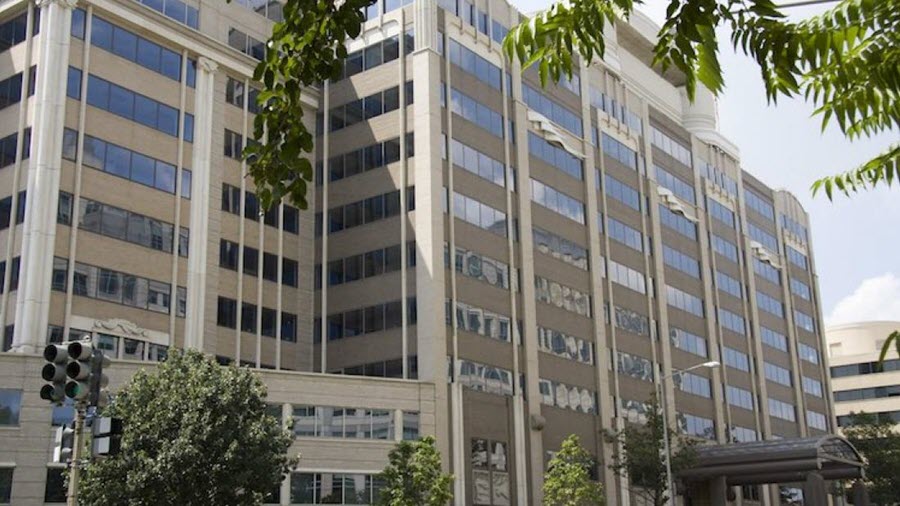FCC to Vote on Final Rules for $20.4B Rural Broadband Fund

FCC Chairman Ajit Pai says he has circulated to his colleagues final rules for his proposed $20.4 billion Rural Digital Opportunity Fund (https://www.multichannel.com/news/fcc-approves-20b-broadband-subsidy-auction), to be voted on at the Jan. 30 public meeting.
The fund would go to deploy high-speed broadband over 10 years to areas currently lacking fixed broadband service of at least 25 Mbps download spees and 3 Mbps upload.
"“This new fund would target rural areas across the country where residents currently lack access to adequate broadband and would deploy high-speed broadband to millions of rural Americans in an efficient and effective manner," said FCC Chairman Ajit Pai. " In particular, as suggested by many Members of Congress, to encourage support for broadband networks that will stand the test of time, we are taking new steps to prioritize the deployment of faster-speed service, including gigabit connections.”
The fund will allocate broadband subsidies through a two-phase reverse auction, with phase one offering $16 billion for areas that are wholly unserved with high-speed broadband, and phase two money going to partially served areas--"areas where some households have access to such service but others do not"--as identified by the FCC's new and more granular Digital Opportunity Data Collection. Phase two money would also be available to areas not receiving winning bids in phase one.
The FCC is estimating that about six million locations would be eligible for phase one bidding.
The auction would prioritize service with faster speeds and lower latency, so that if one or more bidders meets the FCC's clearing price, the one with the faster speed tier would be declared the winner. FCC officials speaking on background said they expected the phase one auction would happen later this year.
The fund will prioritize funding to areas lacking even 10/1 speed service and tribal lands.
The smarter way to stay on top of the multichannel video marketplace. Sign up below.
By taking a two-phase approach, the FCC can get funding to areas it know are unserved, rather than having to wait for the FCC to complete its ongoing broadband mapping improvement efforts, the officials said. Waiting for that data would only disadvantage millions without access to high speed.
Some in Congress had argued that it should not hand out any of the funds until that effort was completed. But they said that the FCC’s current form 477 data collection has been criticized for identifying partially served blocks as “served,” not identifying as “unserved” a block that is served.
“Today’s announcement by the FCC regarding the January meeting vote to establish the Rural Digital Opportunity Fund is a significant milestone in the Commission’s ongoing commitment to close the digital divide," said ACT: The App Association. "Our members’ innovative applications and services—from smart agriculture to connected health— require the high speed, reliable broadband connections emphasized in this draft rule.
Contributing editor John Eggerton has been an editor and/or writer on media regulation, legislation and policy for over four decades, including covering the FCC, FTC, Congress, the major media trade associations, and the federal courts. In addition to Multichannel News and Broadcasting + Cable, his work has appeared in Radio World, TV Technology, TV Fax, This Week in Consumer Electronics, Variety and the Encyclopedia Britannica.

